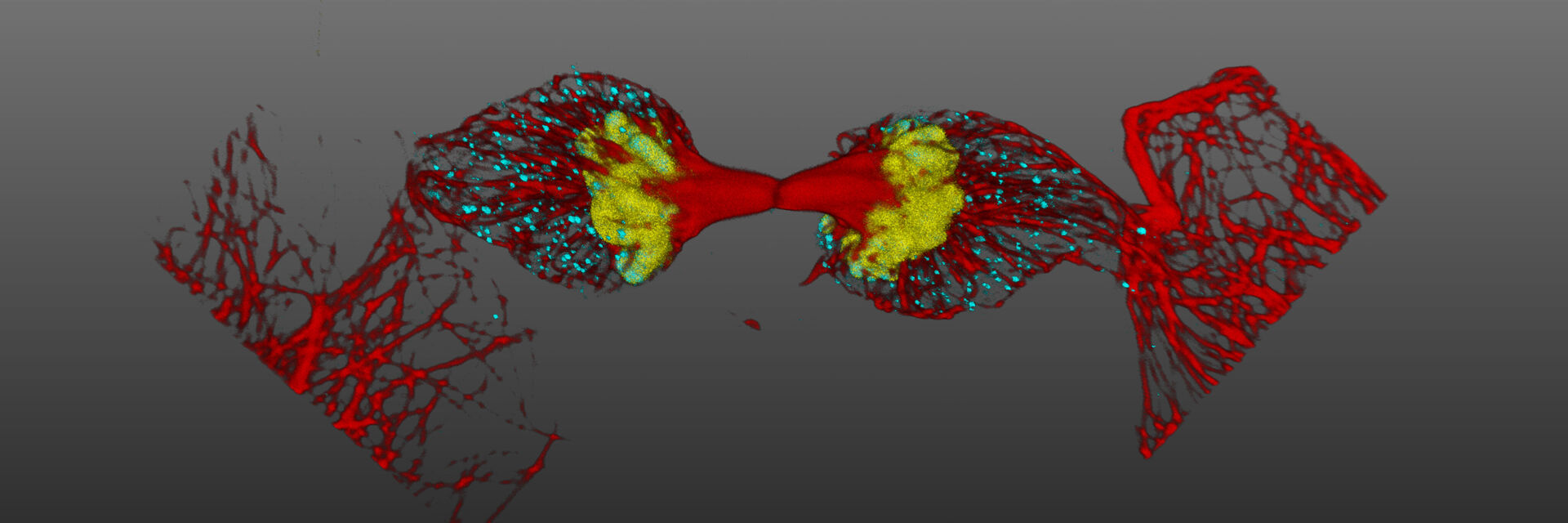06 June 2023, Wetzlar, Germany - Leica Microsystems, a leader in microscopy and scientific instrumentation, has launched Autonomous Microscopy powered by Aivia. This new AI-based detection workflow for confocal microscopy automates the detection of rare events. It follows what the user has defined as the objects of interest that will trigger the rare event scan. Users benefit from the potential to discover more by automatically detecting up to 90% of rare events during an experiment. By focusing on the data that matter during the acquisition process itself, time to result can be reduced by up to 70%. The Aivia-powered workflow reduces time spent at the microscope by up to 75%, leading to increased productivity to do more.
"Autonomous Microscopy powered by Aivia brings the power of Artificial Intelligence to everyday experimental environments in an easy-to-use way," says James O'Brien, Vice President of Life Sciences and Applied Microscopy at Leica Microsystems. "Researchers can now establish confocal microscopy workflows that address advanced experiments and biological questions that would be impossible or very laborious without automated procedures. This solution gives them outstanding new options to obtain results that answer their research questions."
The rare event detection workflow is based on the interaction of two components available on a STELLARIS confocal system. Often, overview scans of the biological sample are analyzed. If the Aivia AI-based image analysis software detects indications of a rare event, the positions are sent back to the controlling software of STELLARIS which is called Navigator Expert. The positions of the identified events are automatically scanned at high resolution and in three dimensions based on the user's defined settings.
With Autonomous Microscopy powered by Aivia, operator interaction is limited to the initial setup. Objects are detected much faster and more accurately. The same settings can be applied for other experiments to ensure consistency. Because only objects of interest are identified and captured, data acquisition and final analysis time is significantly reduced. This exclusivity also means an extreme saving of storage space.
For more information about Autonomous Microscopy powered by Aivia that is immediately available for STELLARIS users, see how AI Microscopy Enables the Efficient Detection of Rare Events.


